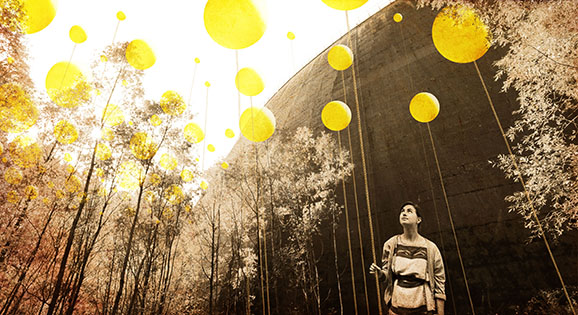
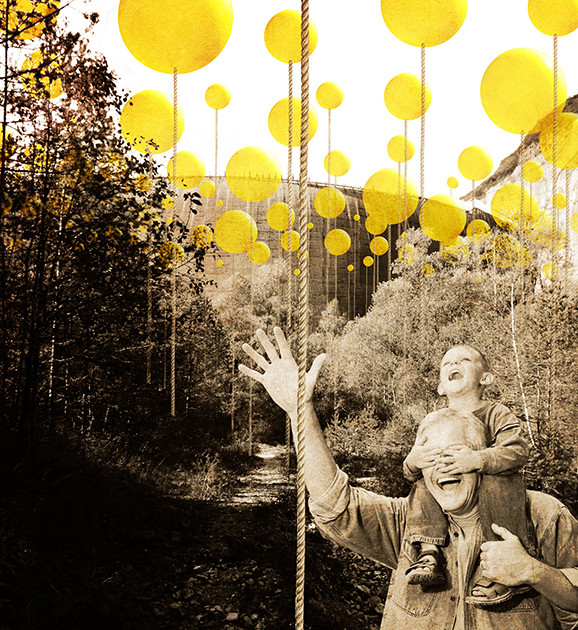
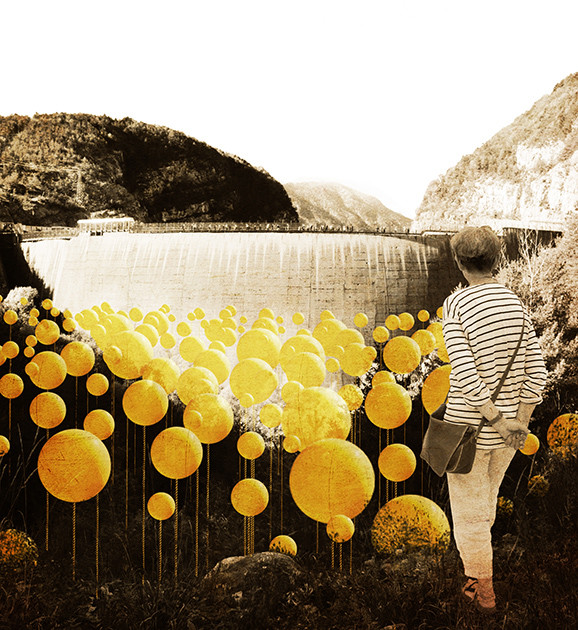
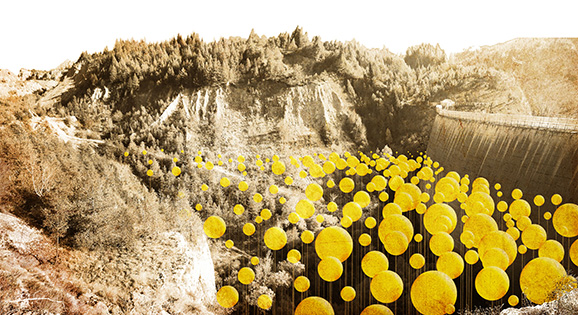
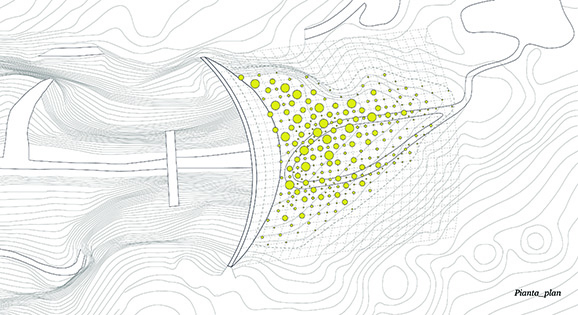
The Vajont valley has been frozen in time, for more than 50 years, like in a still image. Its dam, cement gravestone, reminds sad memories tied to the tragic event. A vicious circle from which it is difficult to escape. Is it possible to image a different scenario?
Our consideration rises from the water, the absent element recalled only by the thin sign left on the dyke’s surface. We want to re-establish its presence allegorically, through the use of floating elements at the height of water that was on the 9th of October, 1963. The perception of the liquid surface is due to the positioning of aerostatic balloons in the basin limited by the dam and the valley flancks. The idea of using balloons depends on their natural upward mobility when filled by helium and on the will of creating a positive, fantastic, extra-ordinary environment, almost playful. A place where actions of involvement of children and adults are fueled through the game, the discovery and the reappropriation of the area. In this way the actions go beyond the memory of the catastrophe, not rejecting the respect that it deserves, but creating occasions of exchange between the people, the dam and the environment.
Technical instructions:
The balloons, made of pvc, have eight anchor points tied with a rope that goes to the ground, where it is linked to a concrete basement buried underground, that acts as a counterweight element.
The balloons’ buoyancy is due to the helium they contain. They are waterproof and wind-resistant and, in case of damage, they can be easily fixed.
–
Da più di 50 anni la valle del Vajont vive immobile, come in un fermo immagine. La sua diga, lapide di cemento, evoca tristi memorie legate al tragico evento. Un circolo vizioso dal quale è difficile uscire. E’ possibile immaginare un altro scenario?
La nostra riflessione nasce dall’ acqua, elemento oramai assente, se non nell’unico e sottile segno lasciato sulla diga. Ne abbiamo voluto ricreare la presenza in maniera allegorica, inserendo degli elementi puntuali galleggianti alla quota in cui si trovava il 9 ottobre del 1963. La percezione della superficie liquida, è data dalla distribuzione di palloni aerostatici all’interno del bacino delimitato dalla diga e dai fianchi della valle. L’idea di utilizzare dei palloni è nata, oltre che per la loro naturale predisposizione all’ascensione se gonfiati d’elio, dalla volontà di dare vita ad un ambiente positivo, fantastico, stra-ordinario, al limite del giocoso. Un luogo in cui azioni di coinvolgimento tra bambini e adulti vengono alimentati attraverso il gioco, la scoperta e la riappropriazione dell’area. In questo modo si vuole andare oltre il ricordo della catastrofe, senza negare il rispetto che essa merita, ma generando occasioni di scambio tra le persone, la diga e l’ambiente.
Indicazioni tecniche:
I palloni, realizzati in pvc, presentano otto punti di attacco ai quali è fissata una corda che scende fino a terra, dove si lega al basamento in cemento interrato, che fa da contrappeso. La capacità di ascensione dei palloni è determinata dal volume di elio contenuto al loro interno. I palloni sono resistenti alla pioggia, al vento e in caso di foratura sono facilmente riparabili.
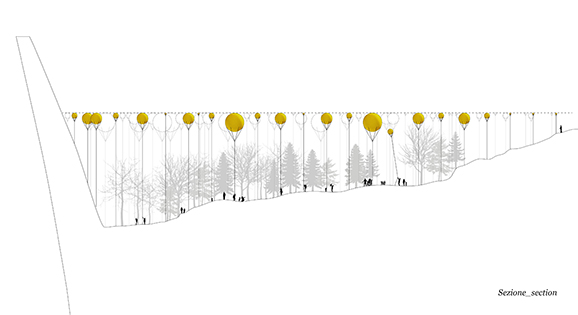
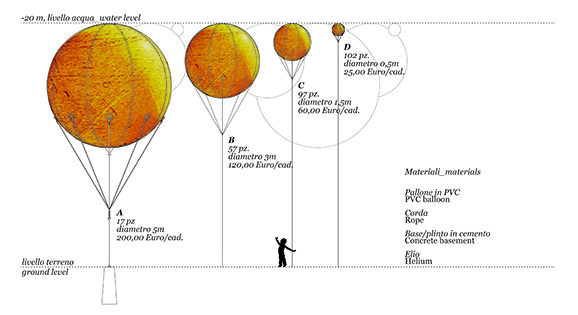
One Response to pavarin / mansutti

 udine/pordenone
udine/pordenone
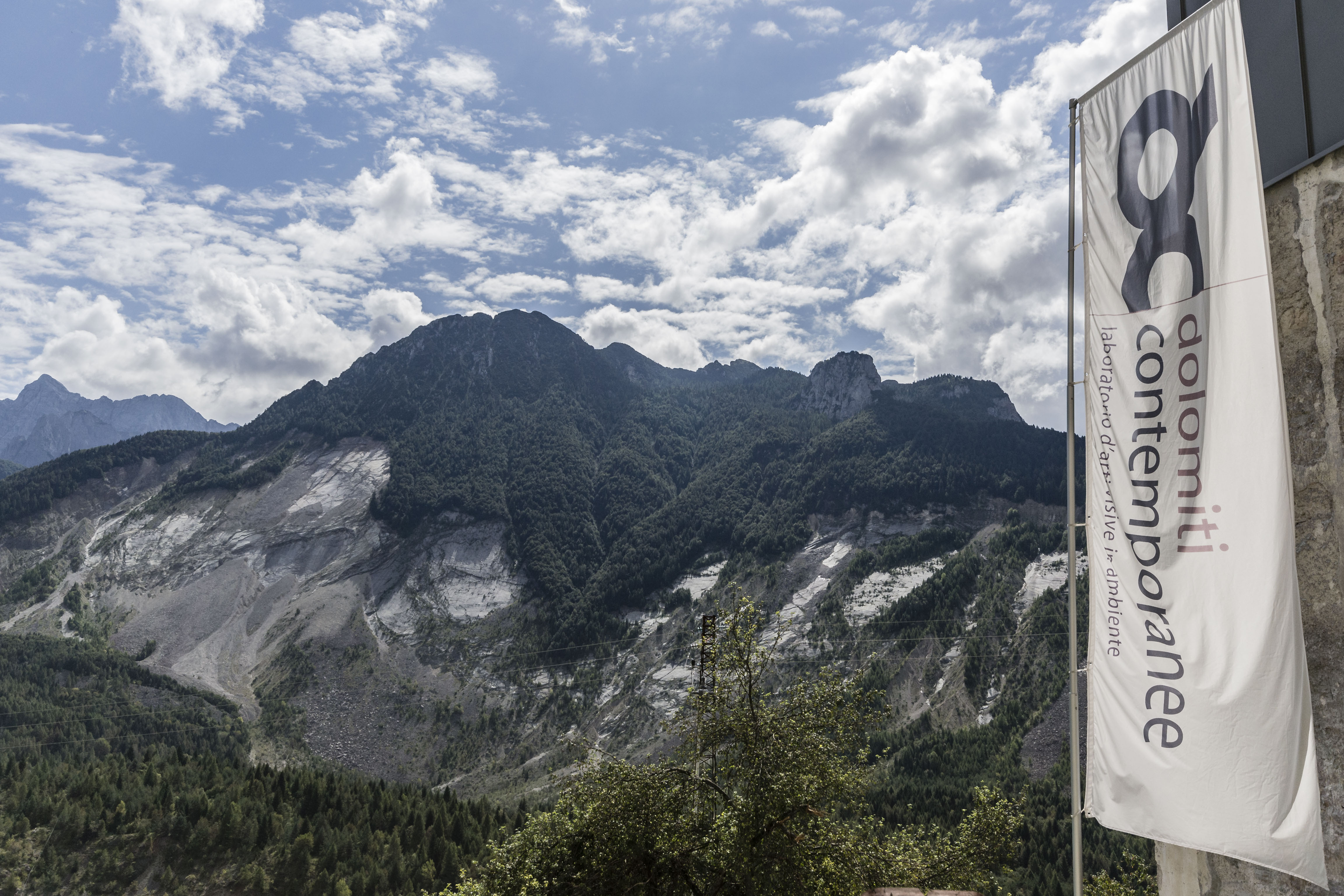
Tuesday, June 15th 2021, 2 – 4 PM, webinar panel:
two calls for vajont: fase _restart.
Vajont: [...]






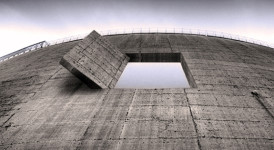
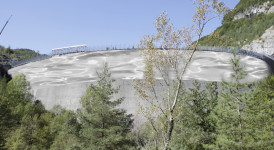

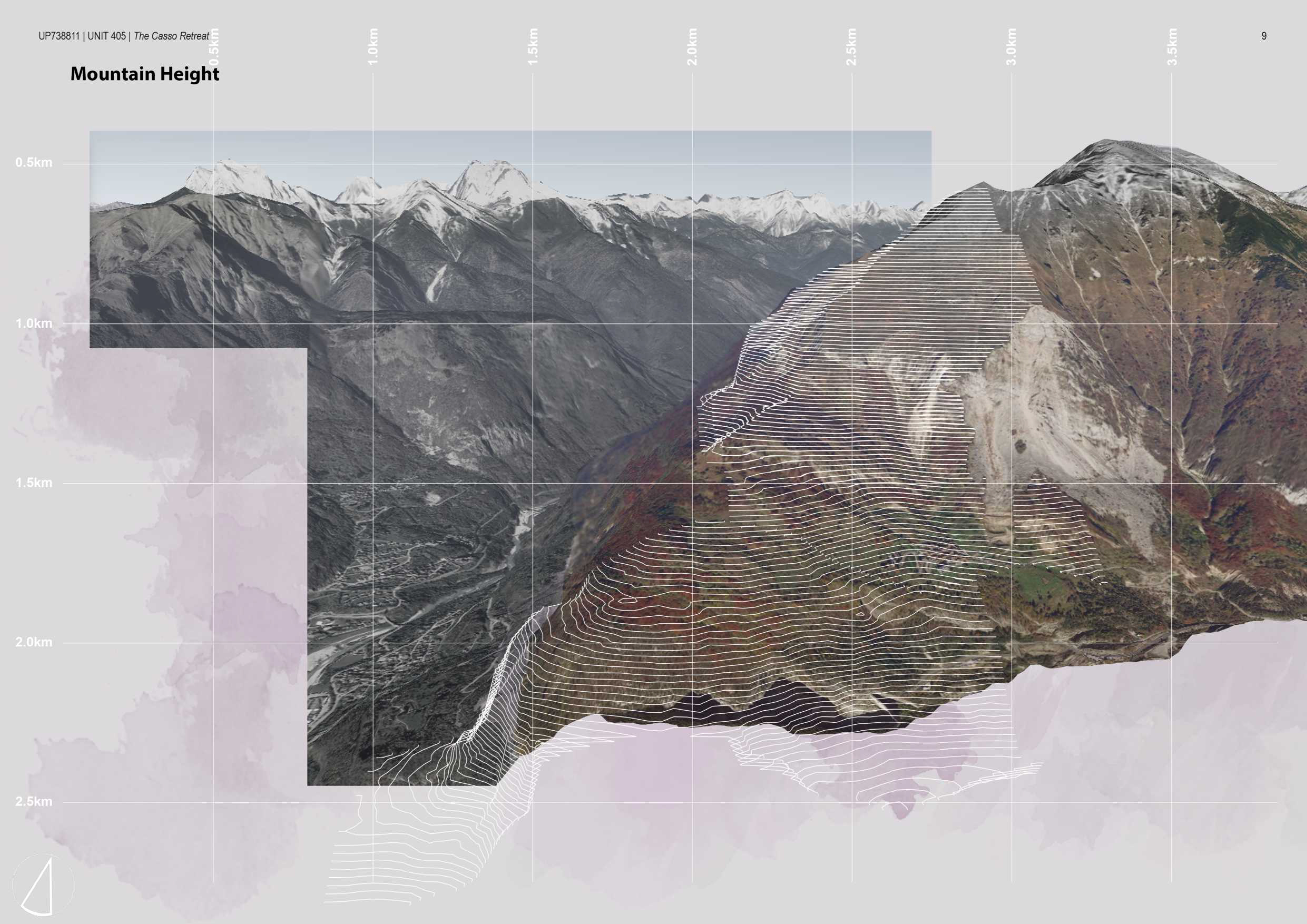









Progetto visionario e originale…invita al sogno e al viaggio dell’ immaginazione.Sicuramente renderebbe la valle magica!